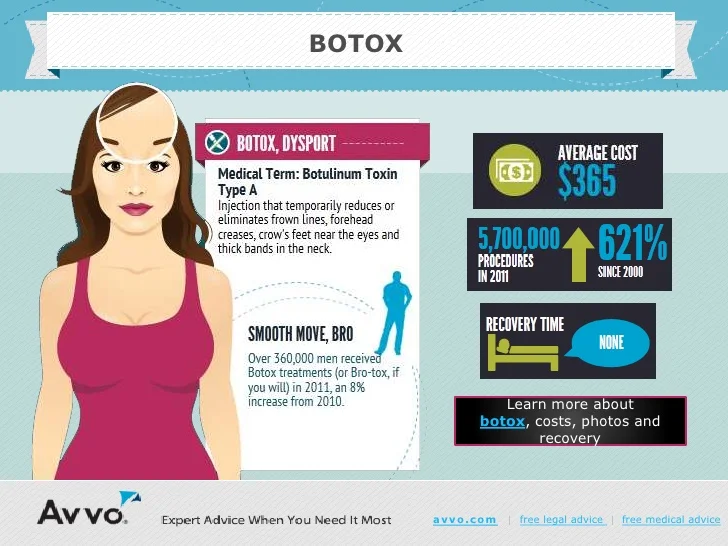How To Avoid Acne Flare Ups
How To Avoid Acne Flare Ups
Blog Article
Acne Treatment - What Are AHAs in Acne Treatment?
AHAs are an essential ingredient for unclogging pore clogs and brightening acne-prone skin. They function by breaking down dead skin cell buildup to promote newer, fresher cells, and preventing future clogs.
Developing topical AHAs demands thorough attention to different crucial variables that significantly affect their efficiency and tolerability. Keeping the optimal pH range, together with automobile option and focus, amplifies their exfoliative characteristics while alleviating possible damaging reactions.
Glycolic acid
Glycolic acid is known for its mild yet efficient exfoliating buildings, which advertise skin's all-natural shedding and loosen the "glue" that holds dead cells on the surface of the skin. This helps unclog pores and reduce the appearance of great lines and creases, in addition to boost total skin appearance and tone.
Surprisingly, topical glycolic acid has actually additionally been revealed to stimulate the manufacturing of collagen, which is critical in maintaining skin's firmness and elasticity. It is essential to note, nevertheless, that since glycolic acid can promote the skin's sensitivity to sunlight, it is necessary to use sunscreen when utilizing any type of products containing this component.
Skin specialists pay cautious interest to the formula of products including AHAs in order to optimize their efficacy and tolerability. Formulating AHAs with the appropriate vehicle, along with pH and concentration factors to consider, permits optimum skin infiltration while lessening prospective unfavorable reactions. This is particularly essential for clients with sensitive skin, since AHAs are recognized to be gently bothersome.
Lactic acid
Lactic acid is located in lots of over the counter skin care products and some stronger specialist peels and therapies. It has the most affordable molecular weight of all the AHAs and is able to penetrate deeper right into the skin, where it is extra efficient at unclogging pores and exfoliating.
Like glycolic acid, it likewise stimulates collagen synthesis, which helps lessen great lines and creases and enhance skin texture. Additionally, it has moisture-retention properties, that makes it better for drier skin types than other AHAs.
The extensive body of professional information validating the efficacy of topical AHAs sustains their energy in a vast array of dermatological afflictions and visual worries. These include intricate skin restoration treatments, attenuation of fine lines and creases, lightening of hyperpigmentation, restorative intervention for actinic keratosis, and acne monitoring [2] Maximizing the formula of AHAs by balancing pH, focus, and automobile selection further boosts their restorative potential. These mindful considerations enable skin doctors to provide safe and reliable treatments that provide premium scientific results.
Mandelic acid
Mandelic acid, stemmed from almonds, is one more member of the AHA family members and is a prominent ingredient in items that assist treat acne. Its bigger molecular size suggests it permeates the skin more gradually and gently, which can lower the capacity for irritation. It's additionally less most likely to activate redness and various other skin sensitivity concerns, making it appropriate for delicate skin types.
Mandelic Acid is believed to help reduce swelling and increase hydration. It functions by loosening up the bonds in between dead skin cells, enabling them to shed and expose fresher-looking skin. It also helps in reducing the appearance of bigger pores.
Developing topical items with AHAs needs a specific balance of key aspects that significantly affect their efficacy and tolerability. Particularly, the pH of an AHA formulation has actually been shown to play an important role in its capacity to promote peeling and enhance complexion and texture. Accomplishing this optimum concentration is a tough goal and calls for meticulous focus to the various aspects that impact the formula procedure.
Citric acid
Citric acid, discovered in citrus fruits such as oranges and lemons, is a light AHA. It's less annoying than glycolic or lactic acid, making it preferable for sensitive skin. It additionally has astringent residential or commercial properties, aiding to dry out excess oil.
Like various other AHAs, citric acid can be made use of in chemical peels and everyday active/maintenance therapies to exfoliate the skin and advertise cell turn over. It can help reduce the look of dark places and hyperpigmentation, as well as great face lines.
It can likewise raise the synthesis of glycosaminoglycans, which play an important function in reinforcing the skin barrier feature. This aids to botox and fillers near me avert trans-epidermal water loss, and preserve optimum hydration levels in the skin [35]
AHAs can be integrated with comforting ingredients such as ceramides or hyaluronic acid to enhance their tolerability. They can be included into everyday active/maintenance skin care via cream or lotion solutions. This allows professionals to customize their AHA treatments based on individual demands and preferences, with the versatility of picking from various treatment intensities or focus.